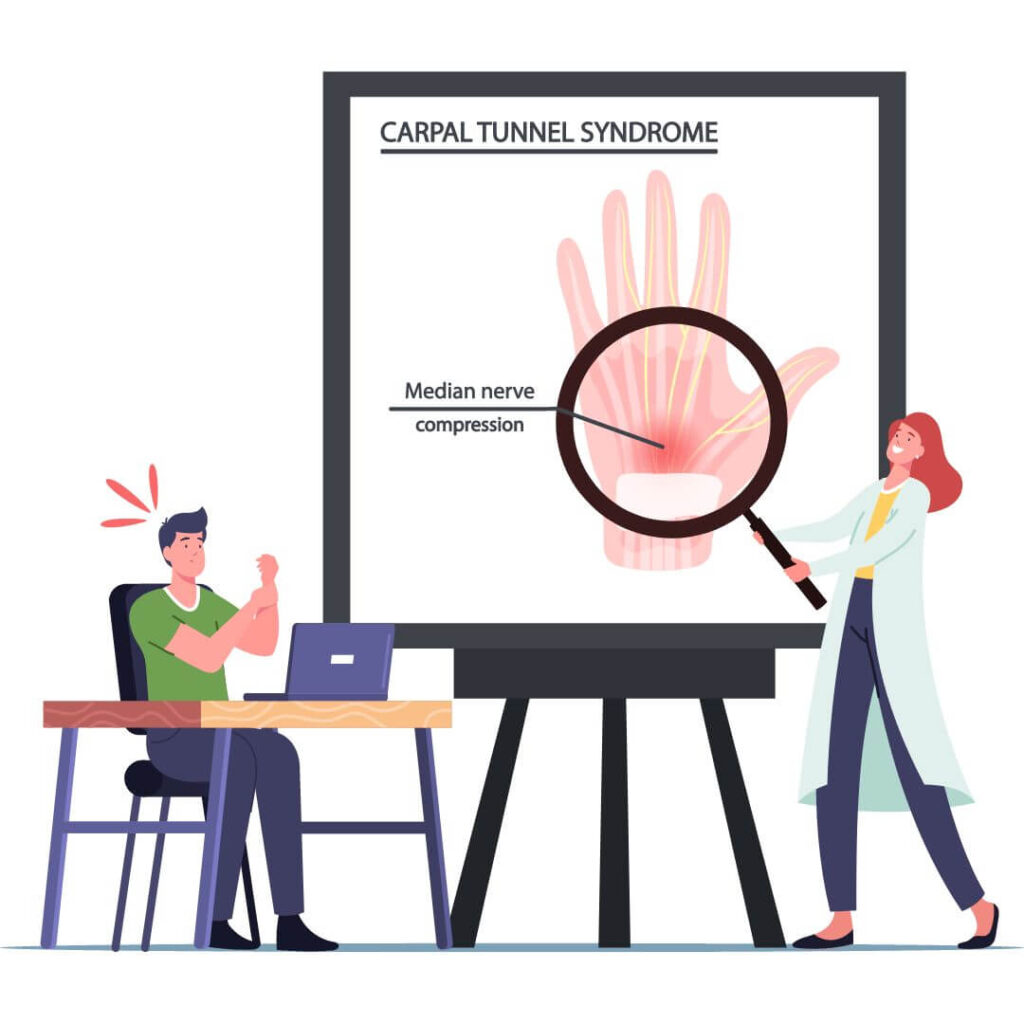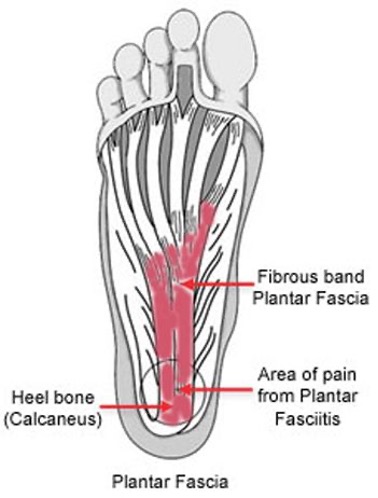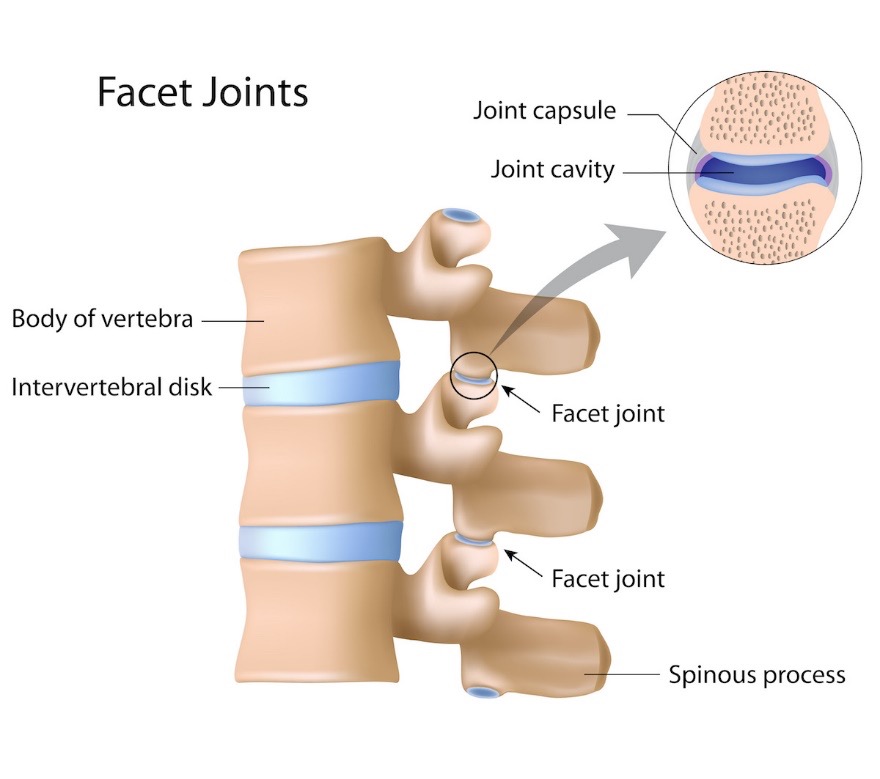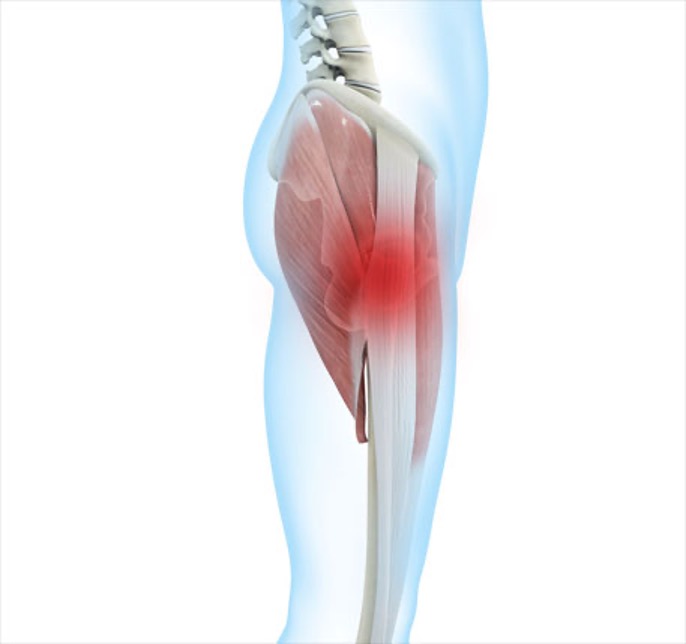Have you felt a weird numbness or tingling in one hand when you wake? The first couple of times you woke up like this you probably assumed that you’d somehow slept on it and ignored the pins and needles. But then it kept happening. Then it started affecting your dexterity. Perhaps you’re surprised at just how much numb fingers impact your life? Well here’s the likely answer; you are probably suffering from Carpal Tunnel Syndrome. That might sound a bit scary, but don’t worry – it’s common and treatable, and the physiotherapists here at the clinic are here to help.
First things first: how can you be sure it’s Carpal Tunnel Syndrome? Do symptoms present mostly at night? Do you feel numb in all your fingers except your pinkie? Does folding your wrists in an inward-facing, downward prayer position (back of the hands together and fingers pointing downward) for a couple of minutes make the thumb and first four fingers tingle or go numb? If so, it’s probably Carpal Tunnel Syndrome.
What is Carpal Tunnel Syndrome?
The median nerve runs through your wrist, into your hand and fingers. At the wrist, it travels through a small tunnel, the walls of which are made up of the small bones in the wrist (the carpals) and some other soft tissues. The tunnel helps to protect the nerve (and some tendons) as it travels through the wrist region. The problem is that sometimes this nerve gets compressed. Its job is to control some of the muscles that move the thumb and to report information about the fingers back to the brain. So even a small swelling of the tendons can really impact feeling and dexterity.
What causes Carpal Tunnel Syndrome?
Pregnancy seems to be a trigger for many. But anyone can be affected. Work activities like typing that could cause repetitive strain injury might cause the tendons to swell, especially if your work involves wrist movements while using vibrating tools. Anything that requires you to maintain a bent wrist position for an extended period (sewing, calligraphy, or painting) might overload the tendons. Diabetes could also be a trigger. Please make an appointment with your GP if you have any reason to suspect you have diabetes or pre-diabetes.) Arthritis and old wrist injuries might also be warning signs for this condition.
How do I treat it?
For immediate pain relief try hanging the afflicted wrist over the edge of the bed (symptoms seem to worsen at night and present the most on waking) and let gravity relieve the swelling for you. Giving your wrist a good shake can also help. That’s the immediate pain dealt with.
Stretching can help to open everything up and relieve the pressure on the nerve.
- Hold the afflicted wrist out in front of you with the palm of your hand facing outwards, your fingers pointing downwards, and your elbows straight. Grasp your lower palm and fingers (gently) with your hand and pull them backward. Hold for 15 seconds and release. Gently repeat a few times.
- Do the same stretch again but hold the thumb this time. As before, repeat two or three times.
- Wear a wrist splint overnight and/or anytime you know the muscles and tendons of your wrists and hands are working excessively hard for a while. Activities like using a power tool or steering a baby’s pram work your wrist hard. It’s worth a little bit of extra support in the short term to prevent the condition from settling in! (You can purchase basic wrist supports at most chemists and we can give you advice on the right one to buy).
When to see your physiotherapist?
Please call to make an appointment on (08) 9203 7771 if you have any concerns at all.
You should make an appointment as soon as possible if you find that the stretches, bracing and short-term pain relief options described above are not effective for you, or if the pain seems to radiate up the affected arm.
Your physiotherapist can prescribe a personalised stretching regime, advise on setting up your workstation and tools to prevent further aggravation and use manual treatments like massage, dry needling, and joint mobilisation to help improve symptoms. We may also employ ultrasound to bring greater blood flow and oxygen to the swollen ligaments. Ultimately, the severity of the nerve compression will determine the appropriate treatment plan. But rest assured your median nerve is functional. Our job is simply to relieve the pressure on it so it can continue to bring sensation and muscular control to your incredibly dexterous hand.
References:
- Georgy, D. (2022). Physiotherapy for Carpal Tunnel Syndrome. [Online] Available at https://australiansportcom/physio-carpal-tunnel-syndrome/. Accessed on 1/12/22




